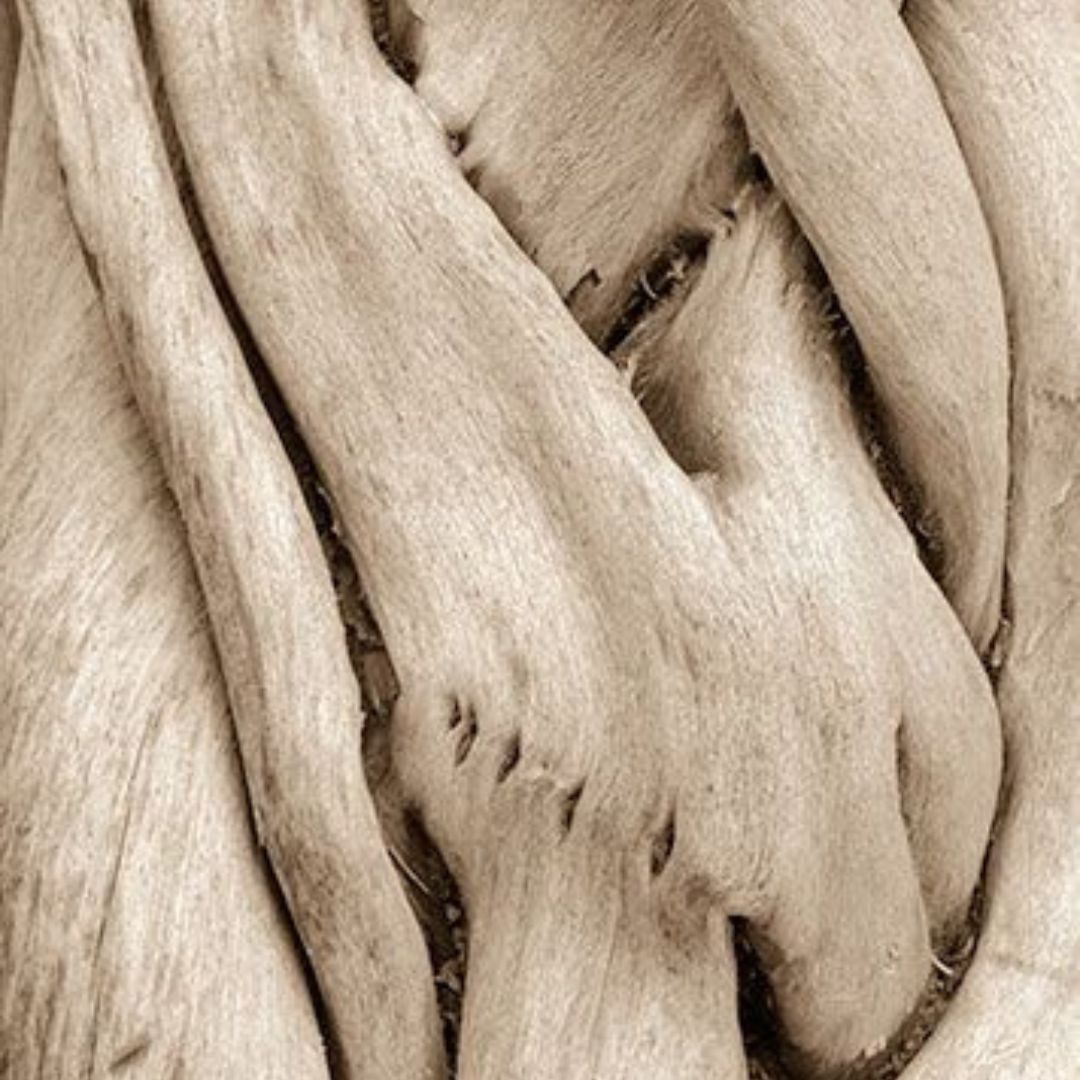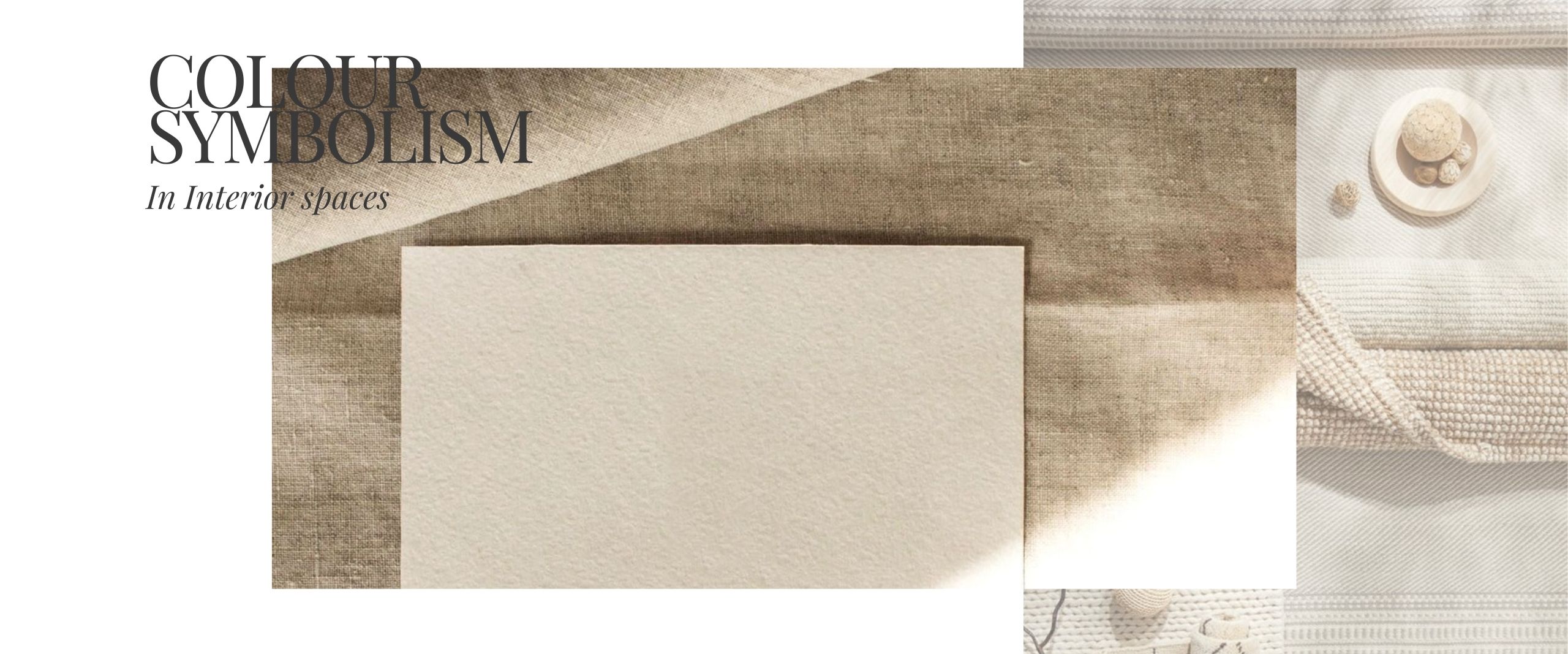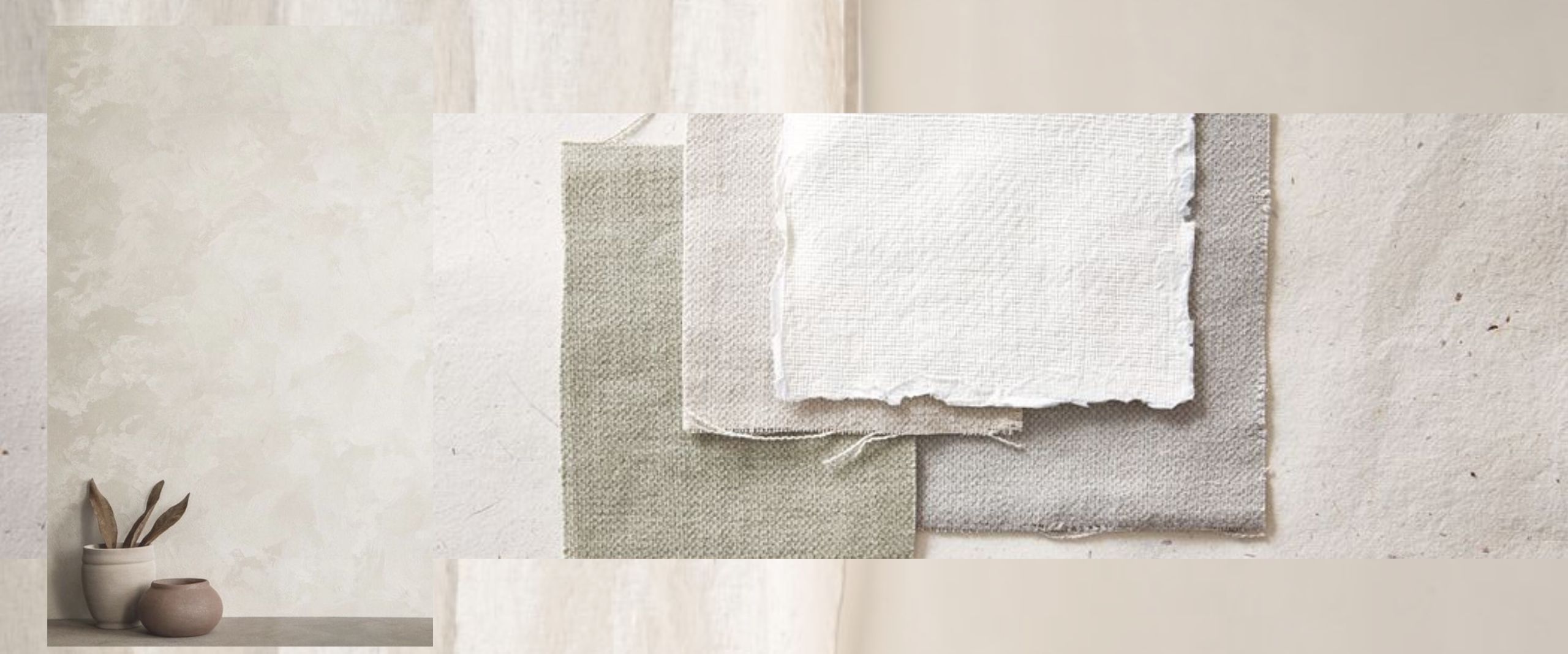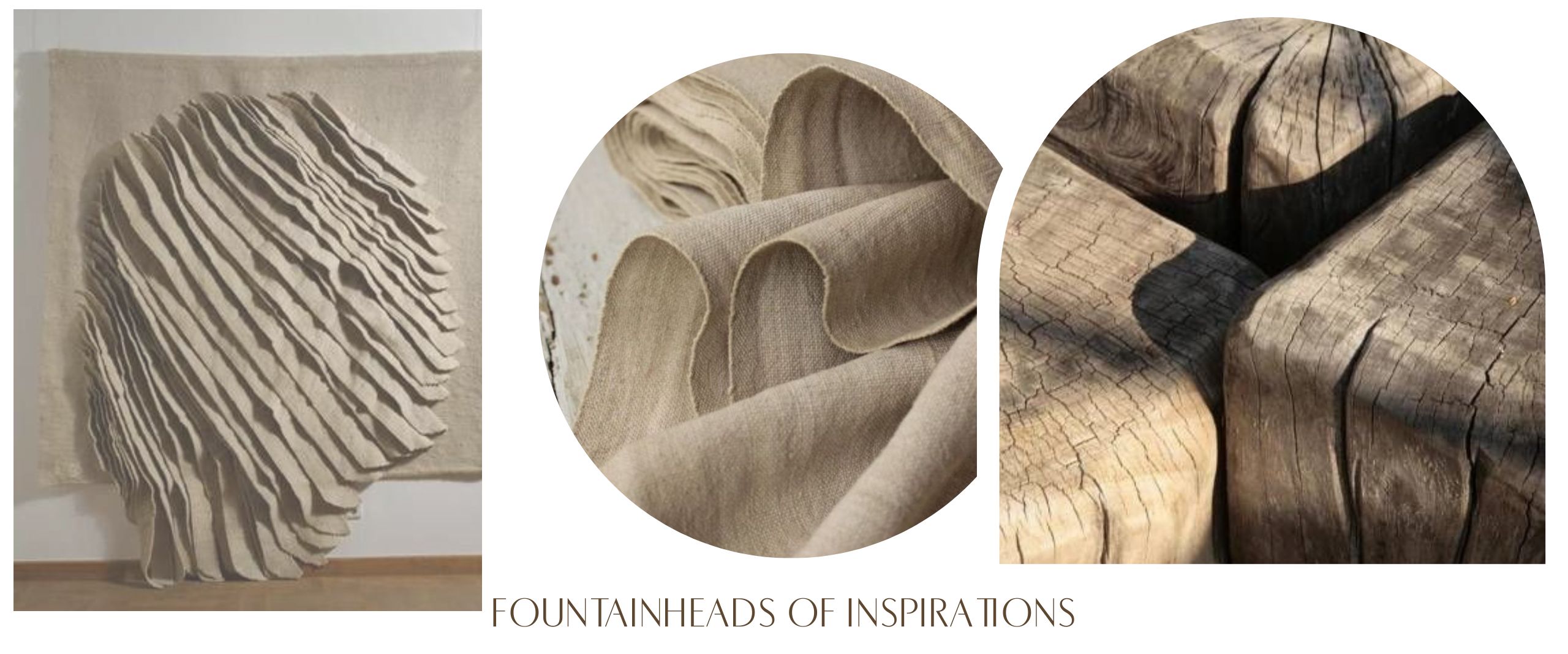
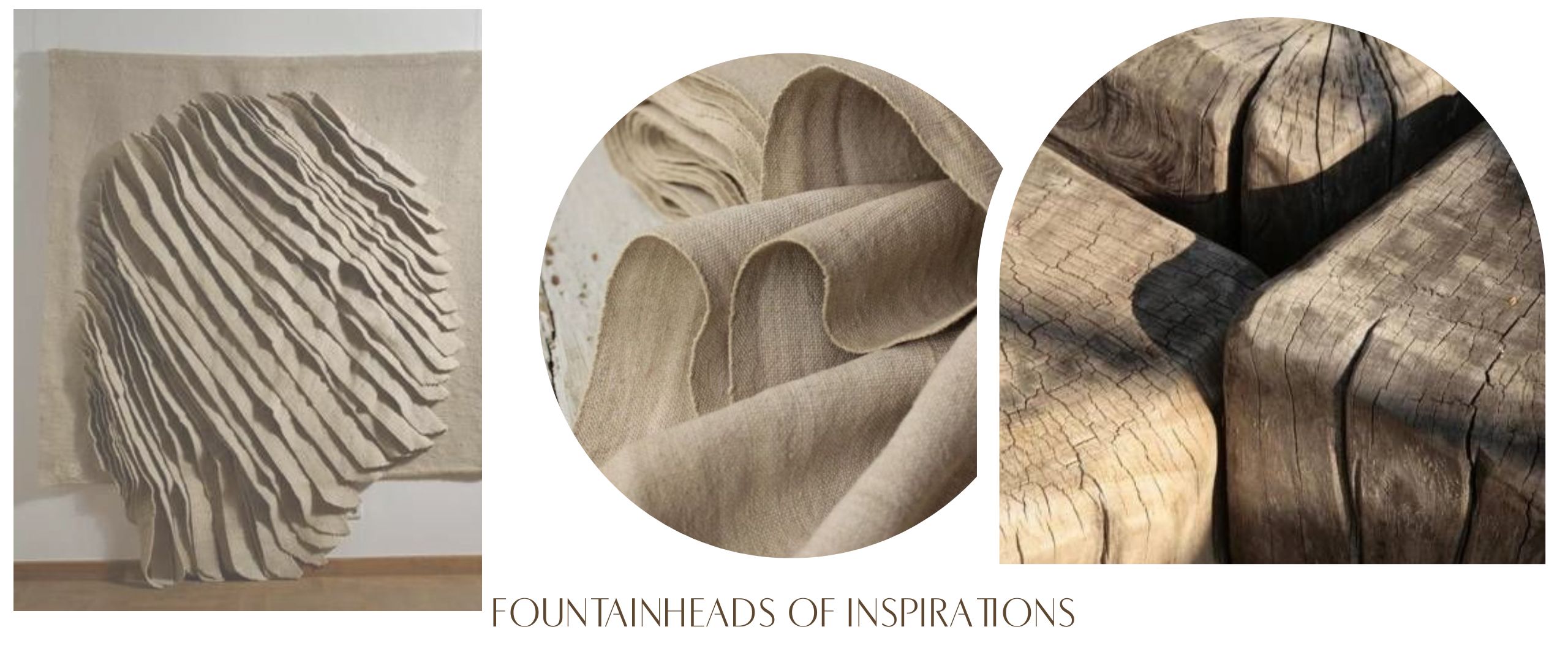
Where Do Our Inspirations Come From?
Wherever there’s sheer love and passion to be felt, fun and frolic to be indulged in, or dedication and discipline to be practiced, there’s some scope for inspiration.
Atleast, for us, that’s one way of explaining what it means to say that inspiration can be found anywhere, and everywhere.
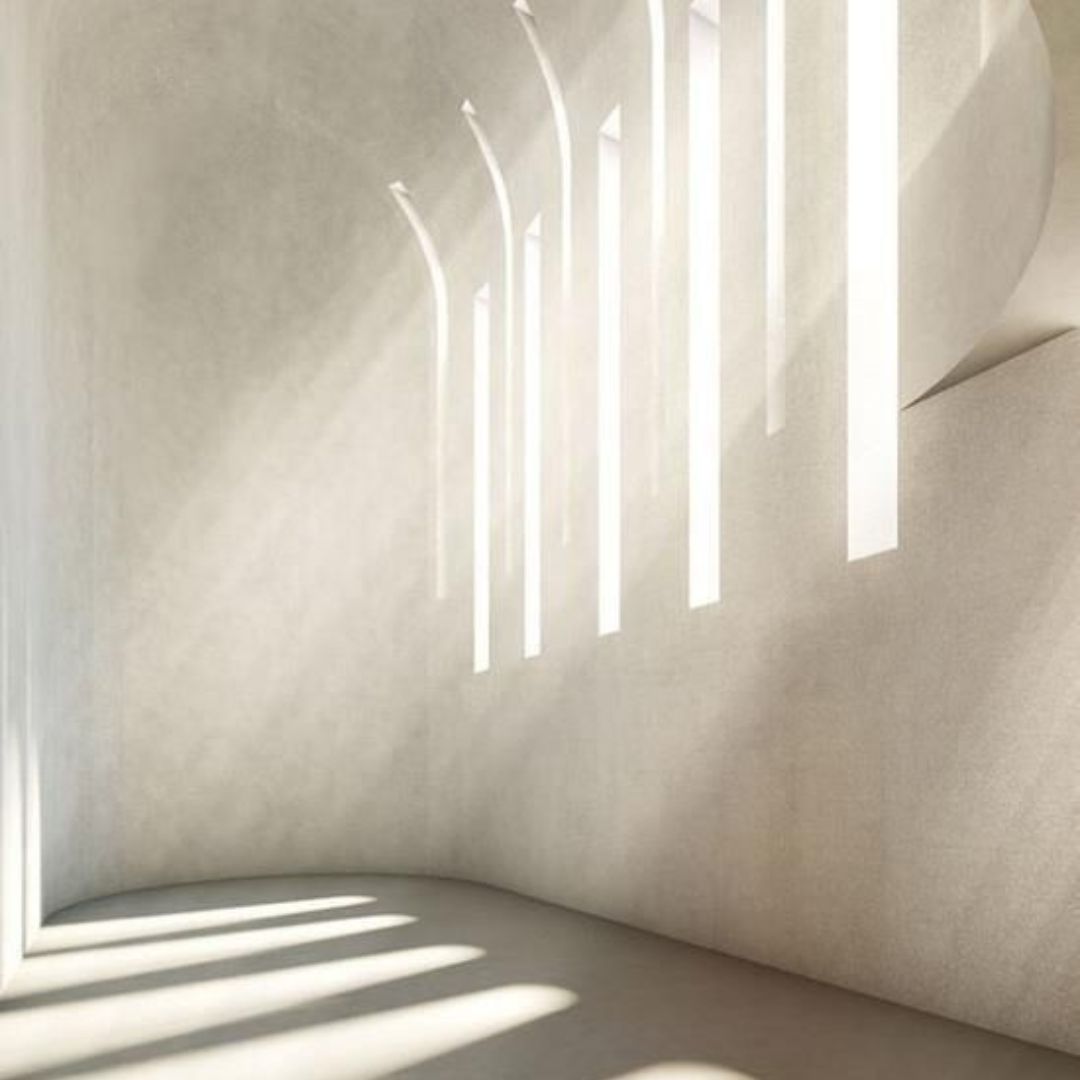
To be sure, to be sure…..some are interconnected by default. The result? Happy surprises, and sometimes, it’s just about the simplest of things being under our noses all the while.
Simple and spectacular, or simple and silly – however the cookie crumbles, it’s the deep-dive into discovery, the joy of exploring the unexplored that matters the most.
Here are just a few of our favourite things, when it comes to sources of inspiration.
WHY IS A BUILDING CALLED A BUILDING…
Even when it’s completed, or BUILT?
Such a ludicrous question. Is it?
Perhaps, the bit that’s still a work in progress is the spirit of enterprise, the vision that there can be something even more intricately orchestrated, streamlined. New ‘heights’ of perfection. Or, a new ‘blueprint’ that takes us back to appreciating the simpler ways of ‘build-ing’ upon that which is already there, without compromising integrity and originality.
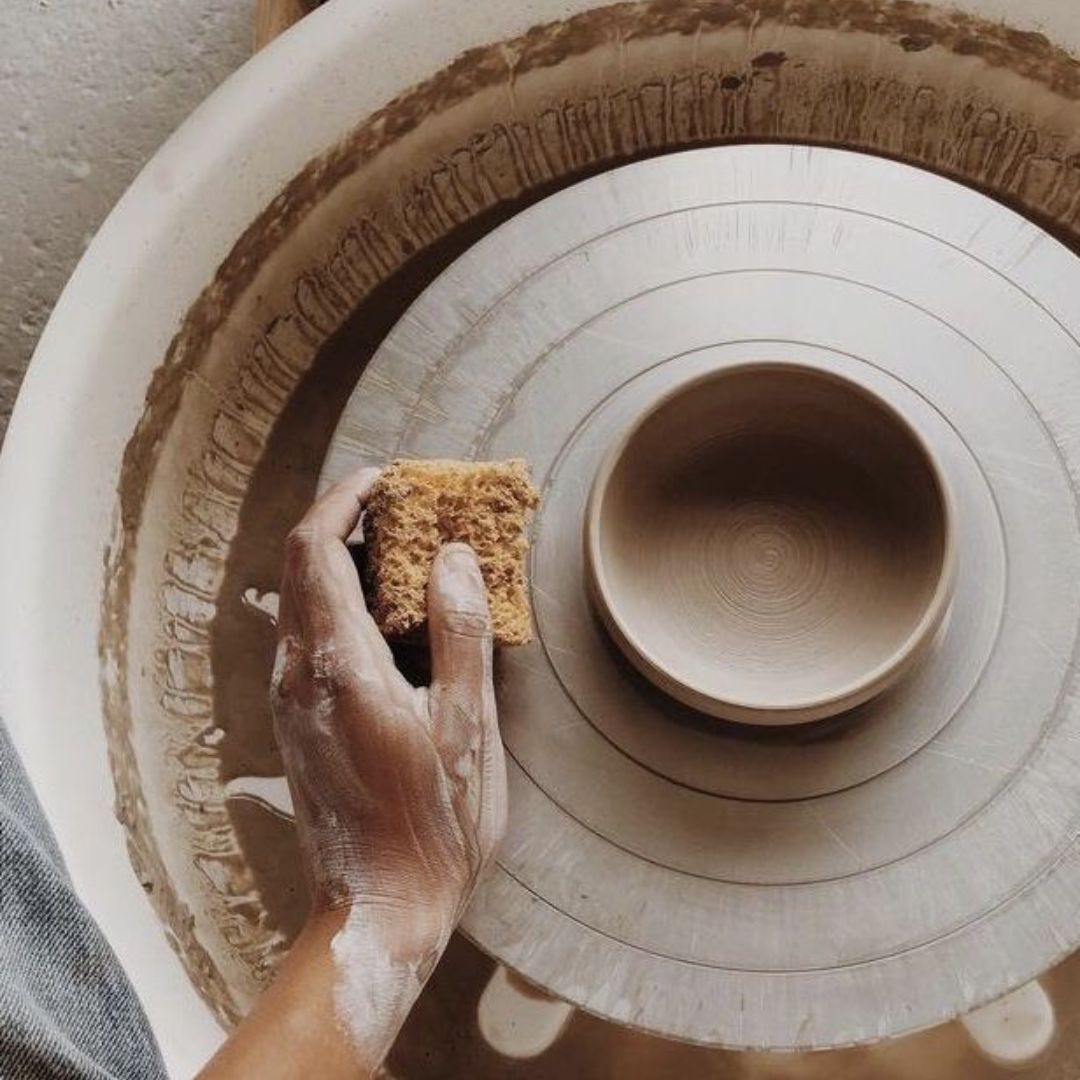
We’re talking about architecture as the inspiration source. Sure, we get the whole ‘location, location, location’ bit. But, when it comes to local, regional, or global inspirations, we say the blurrier the boundaries, the better.
Sometimes, this is challenging. Very confusing. But the creative satisfaction at the end of the process makes it worthwhile.
From the 100+ year old Indo-Saracenic building we give as our address and call our home; to the range of heritage buildings in the crescent-shaped art and culture precinct that’s our neighbourhood, Kala Ghoda. Not to mention the fact that our hometown, Mumbai, features in any list of the most Art Deco-inspired cities in the world.
A special mention in this listing that’s not exhaustive by any means or standards, is for the Dravidian-style, and Vedic architecture-inspired homes of Kerala. Also, indigenous-architecture homes in Meghalaya, home to Cherrapunji, the world’s wettest place.
Then, there’s Romantic Belgian architecture, or Neoclassical structures in London, Paris, or Spain.
We can go on. You could be scrolling all night! Architecture is an eternal witness to the passage of Time. With that reminder, wherever we travel, we find an example of how old the world we live in actually is; and in its accumulated wisdom, how wise, too.
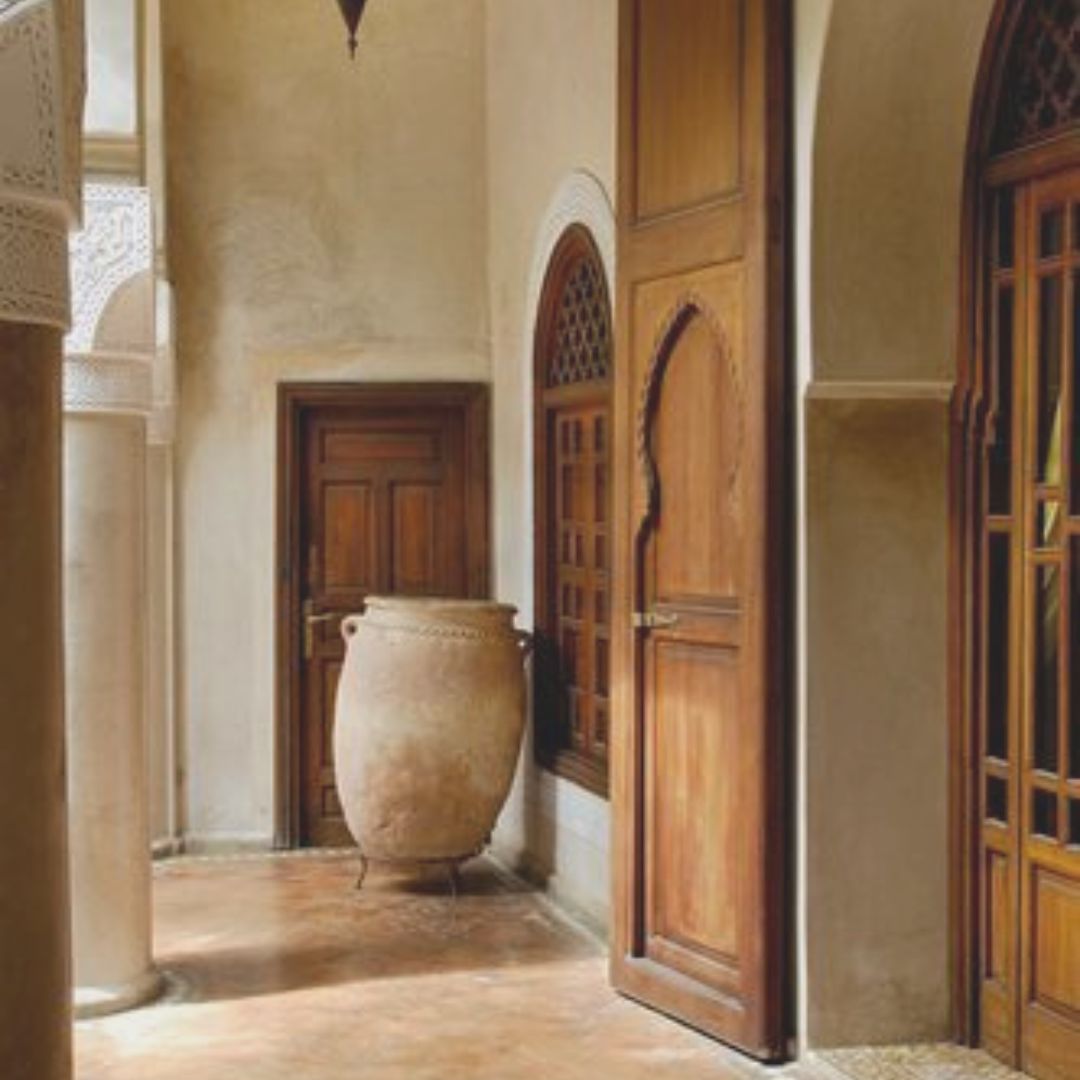
TREASURES OF THE TRADE ROUTES THAT SHAPED THE WORLD
Spices. Salt. Incense and amber. Tea. Precious gemstones, or precious dyes. Metals like gold, or tin.
Textiles – for warriors’ robes, or ‘luxe-lounging’ garments of that time, access of which was limited to the elite. Or, fabrics for royal hunting tents, themselves the inspirations for today’s ‘glamping tents.’
Majestic war horses, and perhaps all kinds of exotic flora-fauna, many that might be considered questionable trades, if not blatantly illegal now.
Should we say it…should we…OK we’re saying it.
Aladdin’s flying carpet. The answer to the riddle that would make the Sphinx of Egypt speak. Why not? We never know.
In more serious words, can we say for certain that no magic was lost to the dusty sands, even on these influential trade routes?
Researching the historical trade routes reveals so much about the early identity of today’s luxuries, and many of the luxuries of yore are considered (shockingly) mundane and bog-standard today.
Out of that research comes a cornucopia of textures, colours, patterns, and how-tos of craftsmanship, that make for exciting – but also very humbling – reimagination and reinterpration.
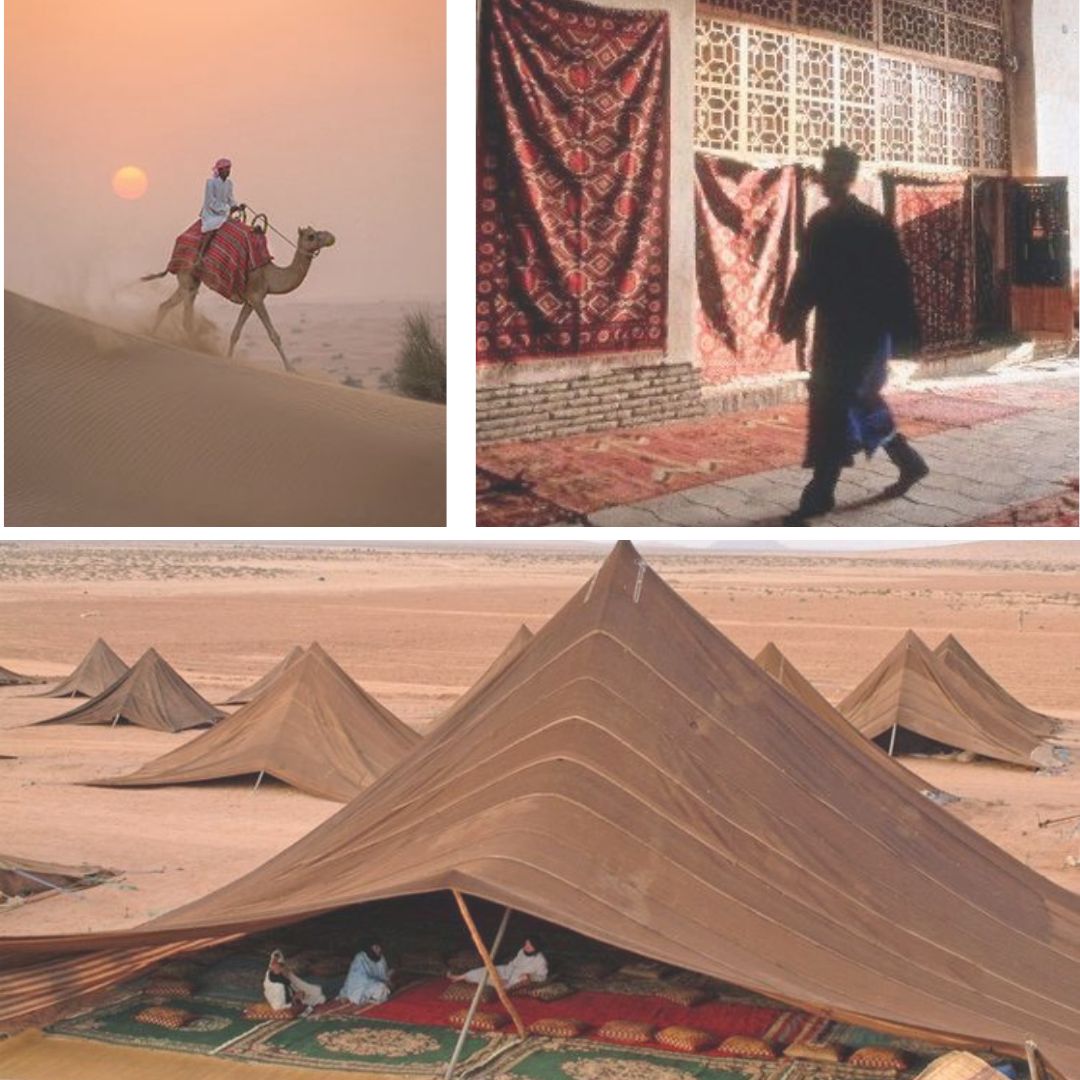
FAMOUSLY MINIMALIST CULTURES
Japan and Scandinavia come to mind, almost immediately. However, if we were to look at other cultures more closely – including, and rather ESPECIALLY our own, the richness of minimalism is just waiting to be explored, and embraced.
Since time immemorial, India’s lifestyle practices have included ‘waste not, want not’ sustainability, intertwined with a minimalist mindset that calls for a return to raw-rustic, simple materials – such as clay, stone, wood, and humble, durable metals or metallic alloys.
Then there’s the now-very popular idea of Wabi-Sabi. It’s on the tip of the tongue. Ours, too.
But there are some deep, some rather poignant minimalist philosophies that influence the way cultures design and style their spaces. The kind you feel you always knew about anyway, but the manner in which they’re expressed, simply makes you stop, think, and arrange thoughts in perspective.
For example, did you know that Japanese culture seriously conceptualises Danshari, the practice of extending a decluttering exercise beyond the physical realms, to the mental and the emotional? Or, the Swedish concept of gentle ‘death cleaning,’ which suggests the practice of keeping a home periodically decluttered, so that it’s not a burden on loved ones left behind, if the person owning that home passes on?
We learned something new, we unpeeled another layer of our own understanding of minimalism.
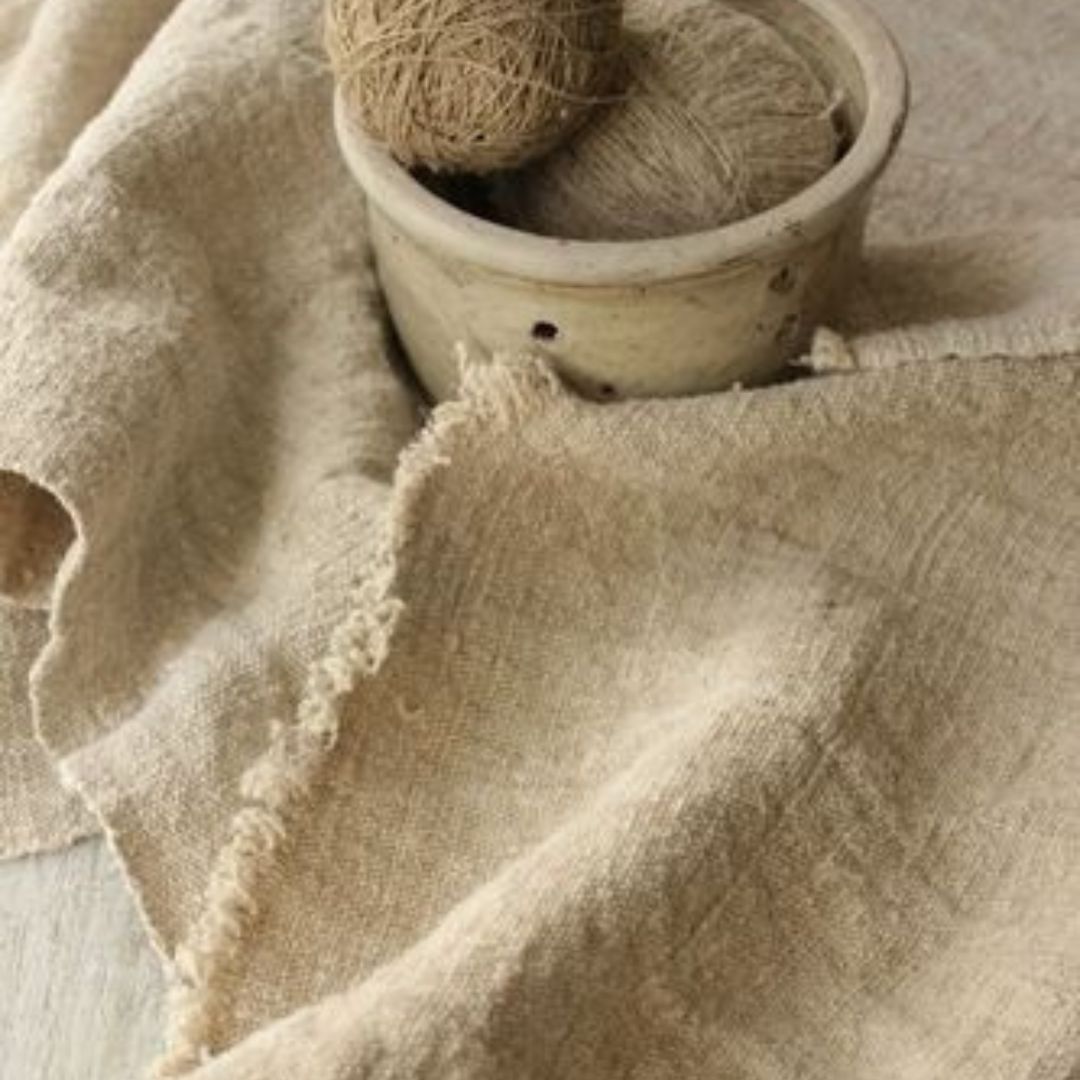
THE MIND-BOGGLING SHAPES AND SYMMETRIES IN NATURE
Flowerheads and honeycombs. Molluscs and snowflakes. Constellations and clouds. A custard apple, a star fruit. Old tree roots and young canopy covers. Moon phases. Antlers and eyes. Feathers and paw prints. Ocean shores, treelines. The natural path of rivers or lakes, and aerial views of crops or irrigation channels on farmlands.
All of it, or, say, one aspect of a naturally occurring formation, can play a transformative role in furniture design. As also in the surface detailing of a cushion, or the all-over hypnotic appeal of a curtain drape, and an upholstery-specific fabric.
So it continues. Onwards, and upwards. Sometimes back to square one, or down the proverbial rabbit-hole, in a dizzy spiral. Whatever the ‘mode of transport’ for the inspiration-hunting, we always enjoy the ride!
